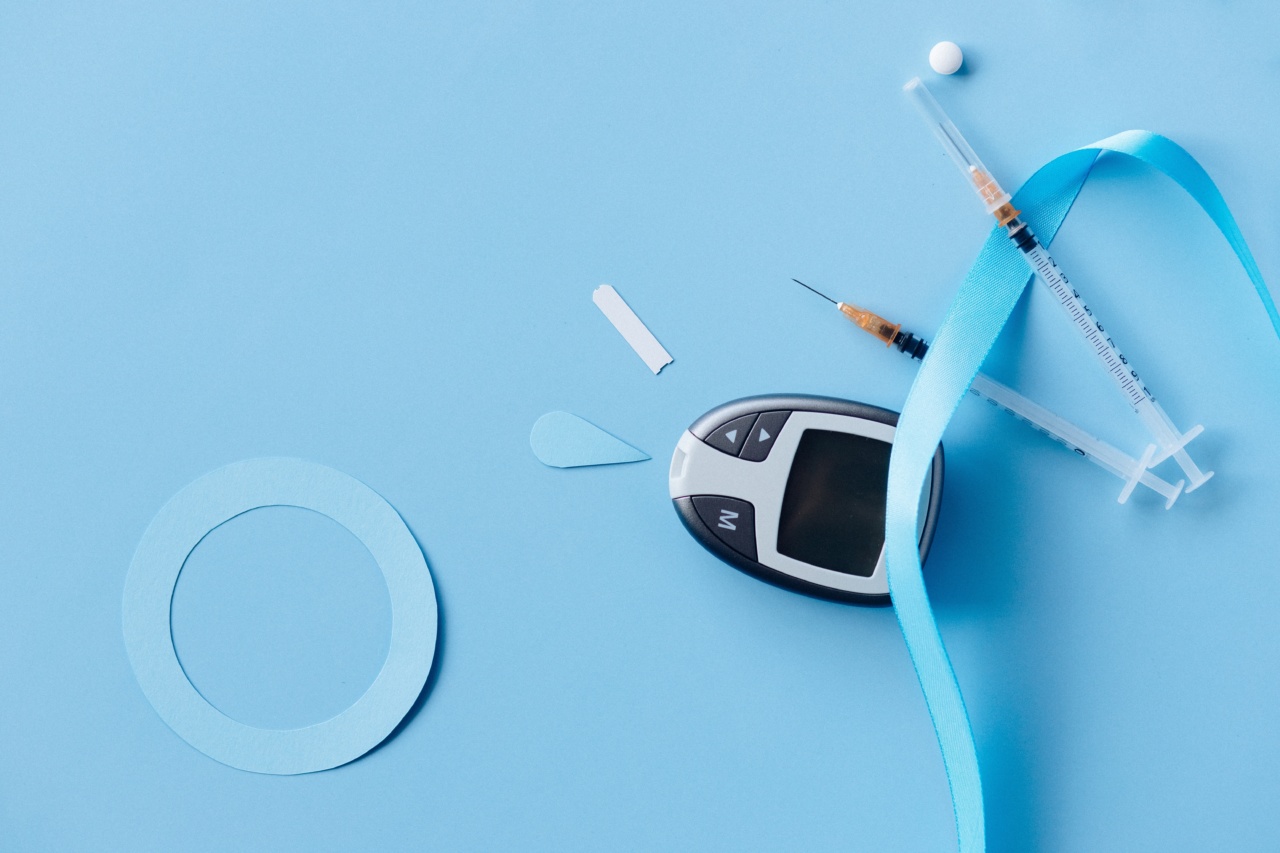Insulin is a vital hormone used to regulate blood sugar in people with diabetes. Proper storage of insulin is crucial to maintain its efficacy and potency. Improper storage can cause insulin to break down, rendering it ineffective.
In this article, we will discuss the proper way to store insulin for diabetes treatment.
Tip 1: Store Insulin in the Refrigerator
The most common method of storing insulin is in the refrigerator. Insulin should be kept at a temperature between 36°F and 46°F (2°C – 8°C). It is important to note that insulin should not be frozen. If insulin freezes, it can no longer be used.
It is recommended that you store insulin in the main section of the refrigerator rather than in the door, as temperatures can fluctuate in the door.
Tip 2: Keep Insulin Out of Direct Sunlight
Exposure to light can cause insulin to degrade. Therefore, it is critical to keep insulin out of direct sunlight. Insulin should be stored in a cool and dark area, such as a drawer or a closet.
Tip 3: Do Not Shake Insulin
It is important to avoid shaking insulin. Shaking can cause the insulin to clump, which can impede its ability to work effectively. Instead, insulin should be gently rolled between the palms of your hands to mix it before use.
Tip 4: Insulin Should not be Exposed to Extreme Temperatures
Insulin should be stored at room temperature for up to 28 days. However, once opened, it should be refrigerated. Do not store insulin in extreme temperatures, such as a car on a hot day or in a freezer.
High temperatures can cause the insulin to lose potency, while low temperatures, such as in a freezer, can cause it to freeze.
Tip 5: Keep Insulin Away from Contaminants
Insulin should be stored away from contaminants, such as dust and other particles. Contaminants can cause insulin to become contaminated, which can lead to infection.
Additionally, insulin should be kept away from food and beverages, as they can also cause contamination. To minimize the risk of contamination, insulin should be stored in its original packaging until ready for use.
Tip 6: Check the Expiration Date on Insulin
Expired insulin should not be used because it can lose its potency. It is important to check the expiration date on insulin before use. Expired insulin should be properly disposed of and not used.
Insulin should also be properly labeled with the date of first use to ensure it is not used past the recommended timeframe.
Tip 7: Carry Insulin Properly
If you need to carry insulin with you, it should be kept in a cool, dark place. Insulated carrying cases can help keep insulin at the proper temperature.
However, it is important to avoid extreme temperatures and keep insulin away from contaminants while carrying it.
Tip 8: Do Not Use Insulin that Appears Abnormal
If insulin appears abnormal, such as cloudy or discolored, do not use it. This can indicate that the insulin has broken down and may be ineffective.
Additionally, if insulin leaks from the injection site, it may be a sign that the insulin is no longer effective and should be discarded.
Tip 9: Keep Insulin Out of Reach of Children and Pets
Insulin should be properly stored out of reach of children and pets. If ingested, insulin can cause serious health issues. Additionally, pets may be attracted to the sweet scent of insulin and try to ingest it.
Tip 10: Follow Manufacturer Instructions
It is important to follow the manufacturer’s instructions for storing insulin. Different types of insulin may have different storage requirements.
Be sure to read the package insert carefully and follow any special instructions provided by your healthcare provider.
Conclusion
Proper storage of insulin is essential for effective diabetes treatment. Insulin should be stored in a cool, dark place, away from contaminants and direct sunlight. Additionally, insulin should not be exposed to extreme temperatures or shaken.
Following these tips will help ensure that your insulin remains potent and effective for diabetes management.






























